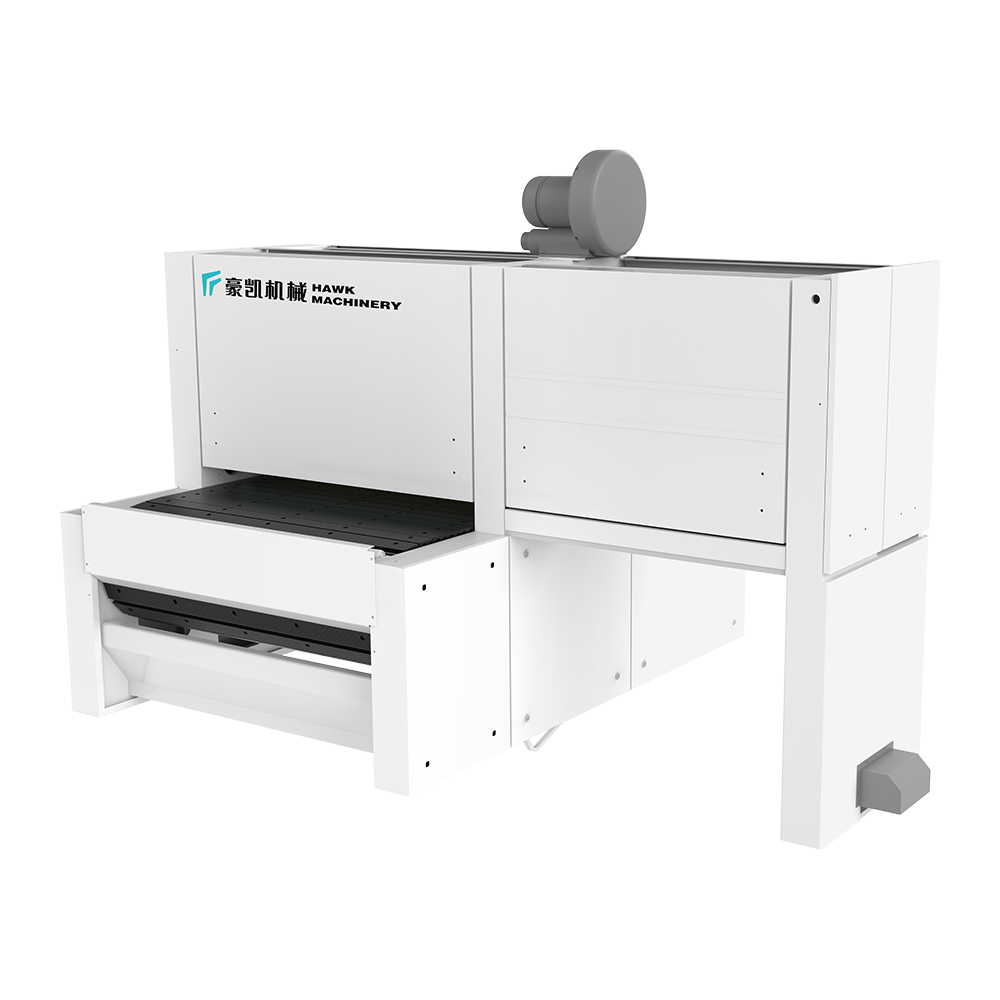Floor slotting line (double end tenoner)
The product can slot the floor vertically and horizontally. The machine series c...
See DetailsAchieving perfect cuts with a 3 Rip Saw Machine is crucial for efficiency and quality in any woodworking operation. While these machines are built for high-volume, repetitive ripping, a number of factors can affect their accuracy. By focusing on a few key areas—machine setup, blade selection, and operational techniques—you can significantly improve the precision of your cuts.
The foundation of accurate cutting lies in a properly calibrated machine. Before you even start a project, make sure your 3 Rip Saw Machine is perfectly aligned.
Check the Arbors: The arbors that hold the saw blades must be parallel to the feed chain. If they're even slightly out of alignment, the blades will "wobble" or "walk," leading to uneven cuts. Use a precision dial indicator to check for runout on the arbors.
Align the Feed Chain: The chain or feed bed must be perfectly flat and parallel to the arbors. A worn or uneven feed chain can cause the material to shift as it passes through the machine, resulting in non-parallel cuts.
Test the Pressure Rollers: The pressure rollers are what hold the wood firmly against the feed chain. Ensure they apply uniform pressure across the entire width of the material. If the pressure is uneven, the wood can lift or shift, compromising the cut.
The quality and condition of your saw blades have a direct impact on the final product. Using the wrong blades or dull ones is a common cause of poor accuracy.
Choose the Right Blade Type: For a 3 Rip Saw Machine, you need blades specifically designed for ripping. These typically have a lower tooth count and a more aggressive hook angle, which helps them clear sawdust and prevent heat buildup.
Maintain Sharpness: A dull blade requires more force to push through the wood, which can cause the material to deflect and the cut to wander. Regularly sharpen your blades or replace them when they show signs of wear. A sharp blade cuts cleanly and with less effort, which helps the machine maintain a consistent cutting path.
Balance the Blades: Unbalanced blades can cause vibration, leading to a rough cut and putting unnecessary stress on the machine's bearings. Make sure your blades are professionally balanced before installation.

Even with a perfectly tuned machine and sharp blades, poor operational habits can ruin a cut.
Maintain a Consistent Feed Rate: Don't try to force the wood through the machine too quickly. Pushing too fast can overload the motors and cause the blades to bind or the material to kick back. A consistent, steady feed rate allows the blades to do their job properly and keeps the cut straight.
Properly Position the Fences: If your 3 Rip Saw Machine has adjustable fences, ensure they are parallel to the feed path. Misaligned fences can guide the wood into the blades at an angle, causing a tapered or curved cut.
Use a Straight Edge on the Infeed: For the best results, start with a straight edge on the material being fed into the saw. A piece with a bowed or irregular edge can throw off the cut from the very beginning.
By following these professional tips, you'll not only improve the cutting accuracy of your 3 Rip Saw Machine but also extend the life of your equipment and produce higher-quality work.